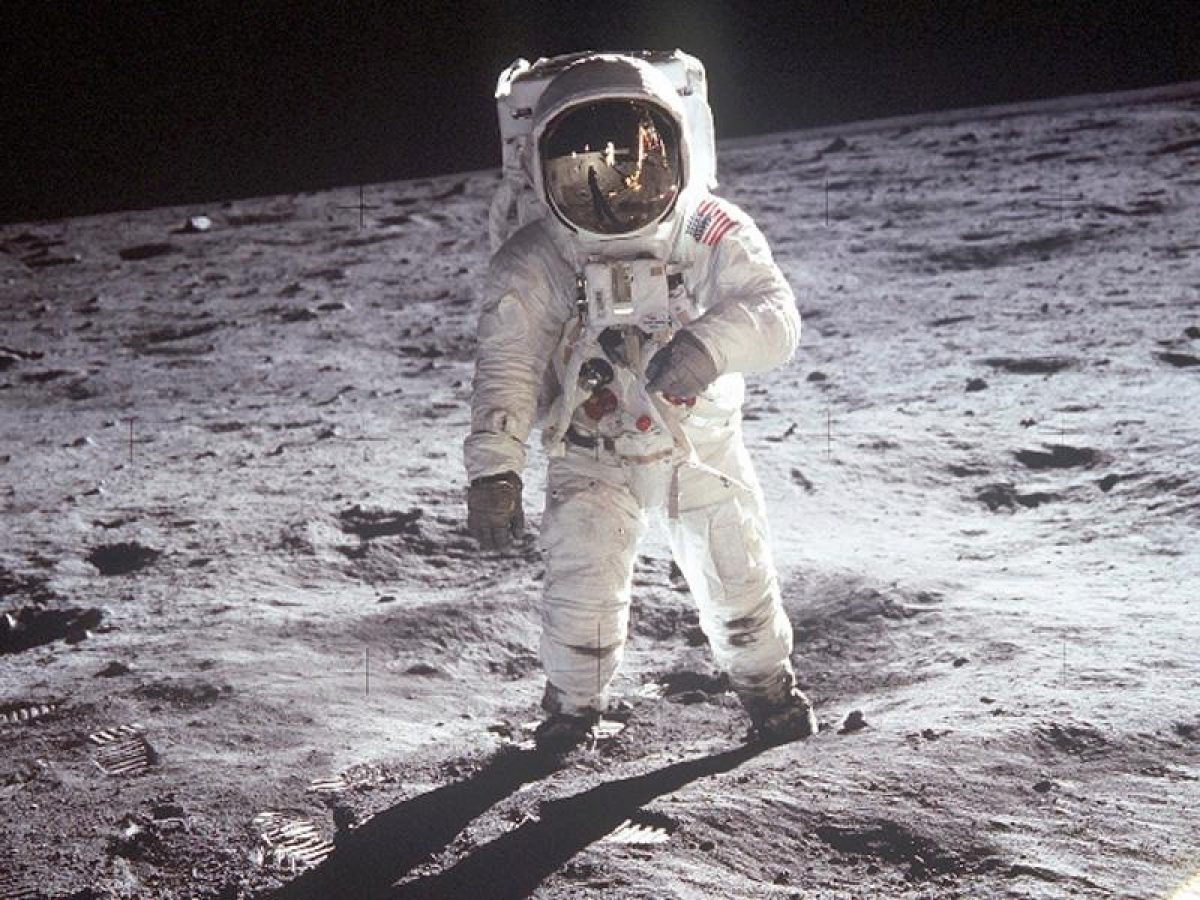If you have an Apollo 11 memory you'd like to share with our readers, contact us at communications@ae.gatech.edu
I am truly a child of the ‘Space Age’ - being born just months after the launch of first satellite, Sputnik, and days before the launch of the first U.S. satellite, Explorer 1.
 |
|
R. Steven Justice |
 |
| R. Steven Justice Circa 1969 |
To say that, as a child, I was enthralled by anything space-related would be a bit of understatement.
My mother many times told the story about the four-year-old version of me sitting in front of the television watching the launch of astronaut John Glenn and turning to her to say “I want to do that!" From then on, I simply absorbed any and all materials about space from the school library, avidly watched 16mm NASA films that were distributed on a regular basis to schools, and bugged my parents to buy magazines or books about the space program.
After each manned flight I lived for the publication of the next National Geographic so I could read the detailed story and see the wonderful color pictures of the mission. My bedroom was filled with plastic model kits of rockets and spacecraft, along with the posters and photos of the astronauts.
I was a space geek and proud of it.
So, 50 years ago was a very special time for me and other space-obsessed youth: on July 20, the program that we had watched our entire lives was poised to reach the goal – LANDING ON THE MOON! I had memorized the entire mission plan and I’m sure my parents were tired of hearing for the hundredth, or thousandth, time my constant commentary over ABC’s Jules Bergman. (Bergman was my favorite space news correspondent because he didn’t skimp on the details.)
Luckily it was summertime and I could sit glued to the television for the entire week so I didn’t miss any of the coverage. The launch was a big moment followed by three days of waiting until the big event. If the time between Thanksgiving and Christmas seemed long to a kid, those three days were longer!
That Sunday, like billions of other people around the world, we watched the coverage of the landing and, just like mission control, we held our collective breaths and were “about to turn blue” until the call came:
“Tranquility Base here, the Eagle has landed."
It was like watching a Hank Aaron home run; you just had to jump up and yell. Then, in just a few hours we had a moment like no other in human history. Thanks to the farsightedness of NASA, and state-of-the-art communications technology, the people of our world would see in real-time and feel like participants in a major turning point in human history. This wasn’t some far off event that we would read about later and maybe see some pictures; we got to see Neil Armstrong step out of the Lunar Module right in front of our eyes and hear his words as it happened.
So was July 20, 1969 an end or a beginning?
From the national perspective, the landing on the moon was the beginning of the end of our manned exploration program, with only 6 more flights until the end of the Apollo program in 1972. More significantly the U.S. gave up our manned space flight infrastructure in 1975, retiring perfectly good hardware that cost billions to develop, leading to a six-year gap until the Space Shuttle’s first flight in 1981 It is interesting to note that the Russians currently use updated versions of the Soyuz vehicle and launcher that first flew in 1966; one year before the first flight of the Saturn 5 moon launcher. The Russian Soyuz is currently the only operational system to get astronauts to the International Space Station. (Anyone remember the story of the “Tortoise and the Hare”?)
From a personal perspective, the moon landing was just the beginning for a whole generation of kids like me who wanted to be in the aerospace business. Even with the aerospace industry calamities of the 1970s – cancellations of Apollo, the Boeing SST, and numerous other aerospace projects – we held on to the dream of being the ones who would design, test, and fly the next generation of aircraft and spacecraft. And we did just that. Yes, a very different reality than the dreams we had in 1969, but still filled with amazing accomplishments.
So maybe the lasting impact of Apollo 11 was not simply a footprint in the lunar dust, but the imprint it made on a generation of people to strive to be greater.

photo courtesy of NASA